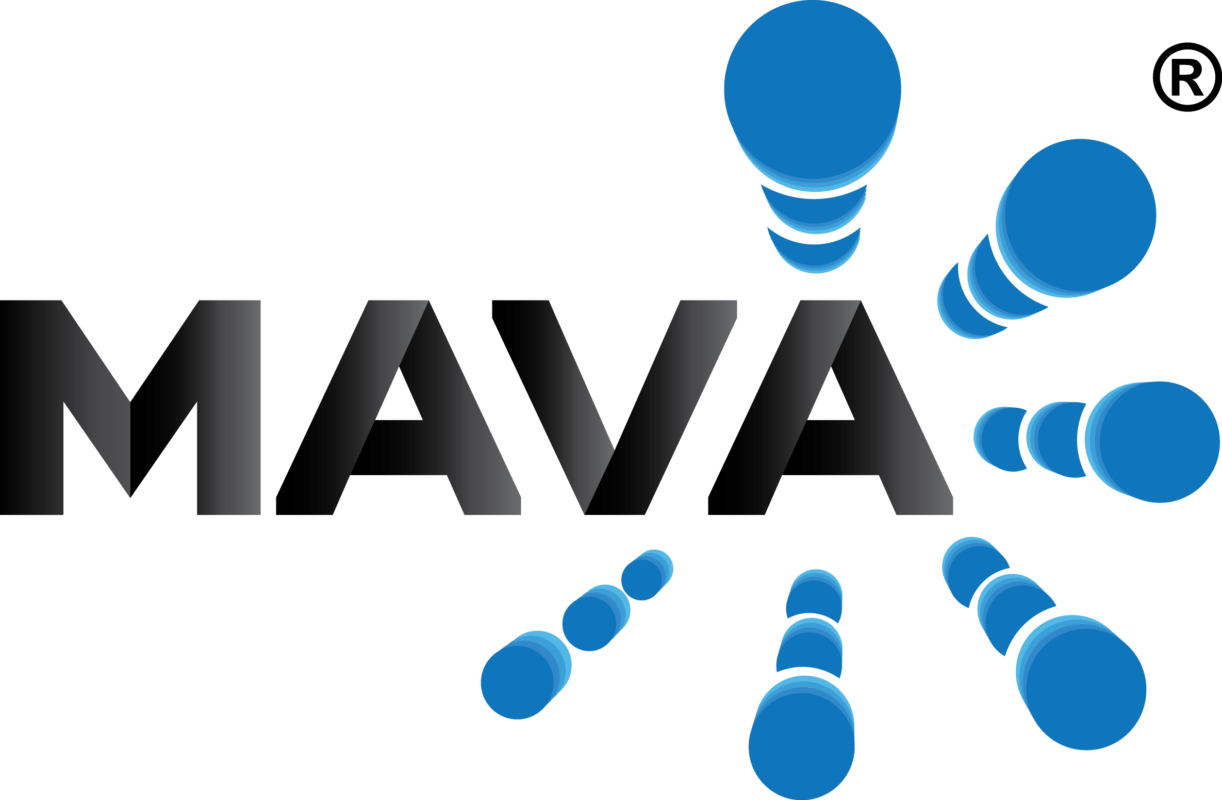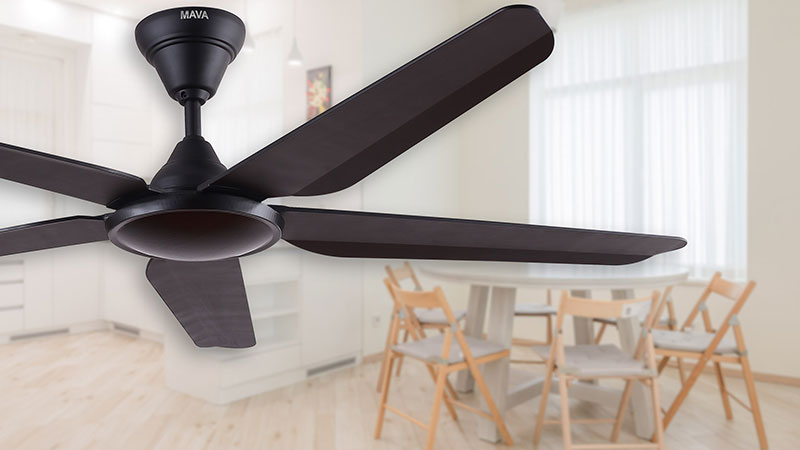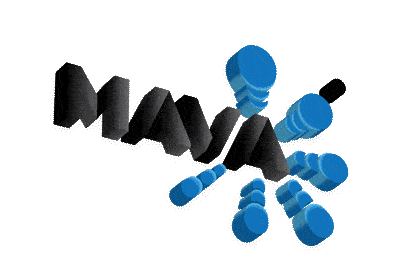Slide
TECHNOLOGY
1. MAVA DC FAN
DC technology has become much more sophisticated in recent years. DC fans have motors that rely on permanent, built-in magnets in order to attract and repel a rotor around an axis joined with invertors. Not only are these motors ultra-efficient, they also run cooler and quieter because they do not generate any electrical buzz. DC technology is much newer than AC technology. Mava Fan have Brushless DC motors with advanced electronic controls; these are known as electronically commutated motors, or ECMs.
DC motors create a higher torque, meaning greater initial power and less energy consumptions. In fact, DC fans consume up to 60 percent less energy to produce the same output as other fan types. For example, that means that a 40 watt DC driven fan uses the same power as a 100 watt AC driven fan. They will often have more speed options, the reverse function on the remote, and are generally faster to start, stop and change speed. DC motors generally weigh less than conventional fan motors, resulting in a lighter product that is easier to installed.
DC motors create a higher torque, meaning greater initial power and less energy consumptions. In fact, DC fans consume up to 60 percent less energy to produce the same output as other fan types. For example, that means that a 40 watt DC driven fan uses the same power as a 100 watt AC driven fan. They will often have more speed options, the reverse function on the remote, and are generally faster to start, stop and change speed. DC motors generally weigh less than conventional fan motors, resulting in a lighter product that is easier to installed.
2. Difference between AC FAN and DC FAN?
DC FAN - motor-pass current though series of magnets-creates torque that powers the fan rotor :
- resulting in higher torgue, quieter operation between the two fan types
- consuming less power and lower voltage
- the motor is more compact and lighter, allowing for a slimmer motor design
- lasting longer and more efficient than AC counterpart
- it is more expensive - less option available as they are newer
AC FAN - connected directly to standard power:
- provide an even, constant flow
- move warmer air away from the components of the fan and then draw cooler air over them
- less expensive, reliable and relatively energy efficient.
- can be powered with standard wall switch and power source, where else DC fan require remote control
- energy efficient, use no more then 100 watts on high speeds
- cost less to run than a couple of halogen down light
3. Which type of fan is better for me? Are DC FAN better for my power bills or AC FAN still the way to go?
Many factors determine your decision. As DC fan is still new in technology, there are not many DC models available thus limiting your choice, since design, style, budget or function is not suitable. However, DC fan will come with many choices in the future.
Although AC fan uses more energy but it is only equivalent to two standard halogen light bulbs on high speed. So it is nothing compared with using air-conditioning. It all depends on your liking, budget, style and function. Go ahead and choose a high quality fan. It can either be a DC fan or AC fan.
Although AC fan uses more energy but it is only equivalent to two standard halogen light bulbs on high speed. So it is nothing compared with using air-conditioning. It all depends on your liking, budget, style and function. Go ahead and choose a high quality fan. It can either be a DC fan or AC fan.







